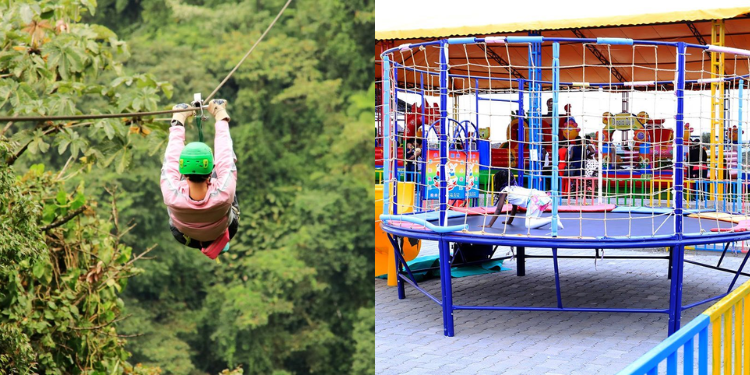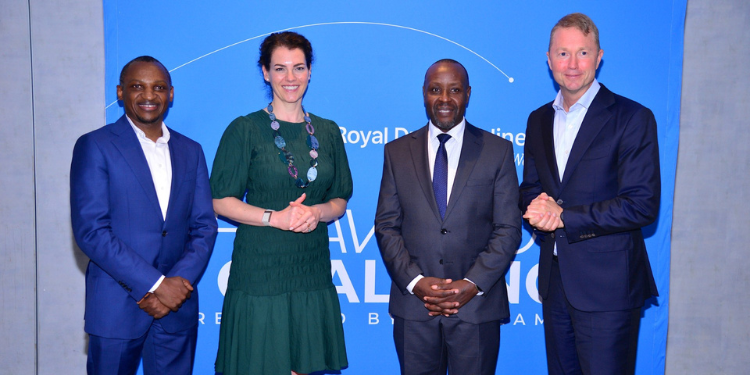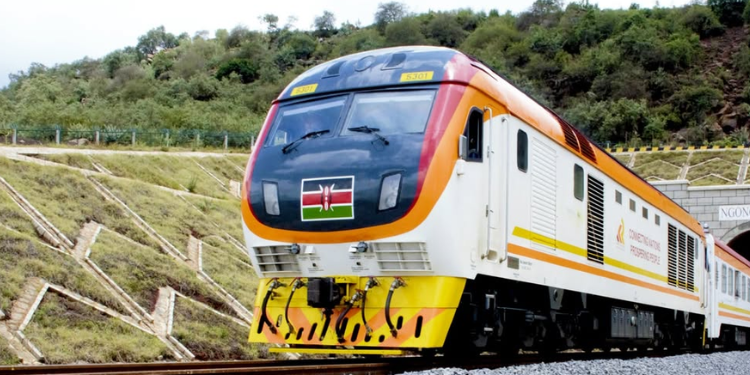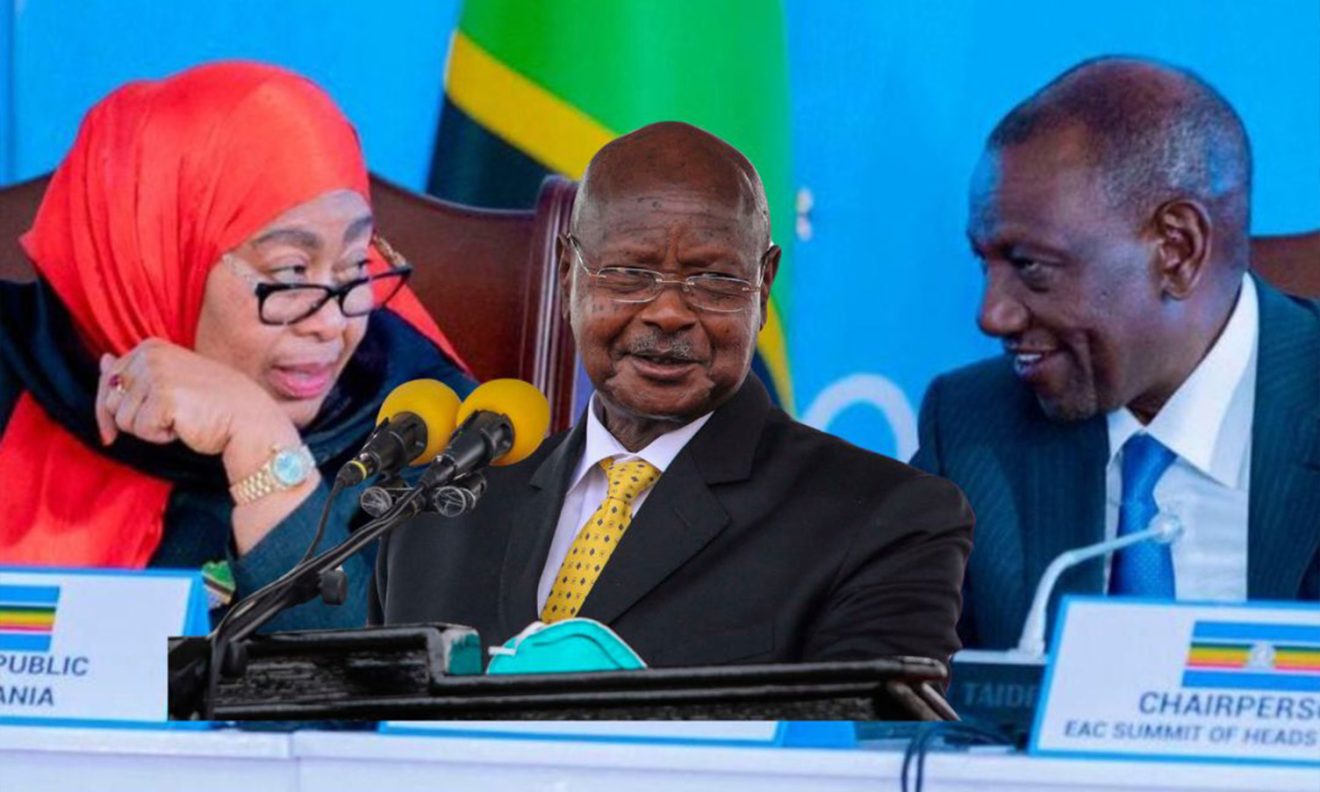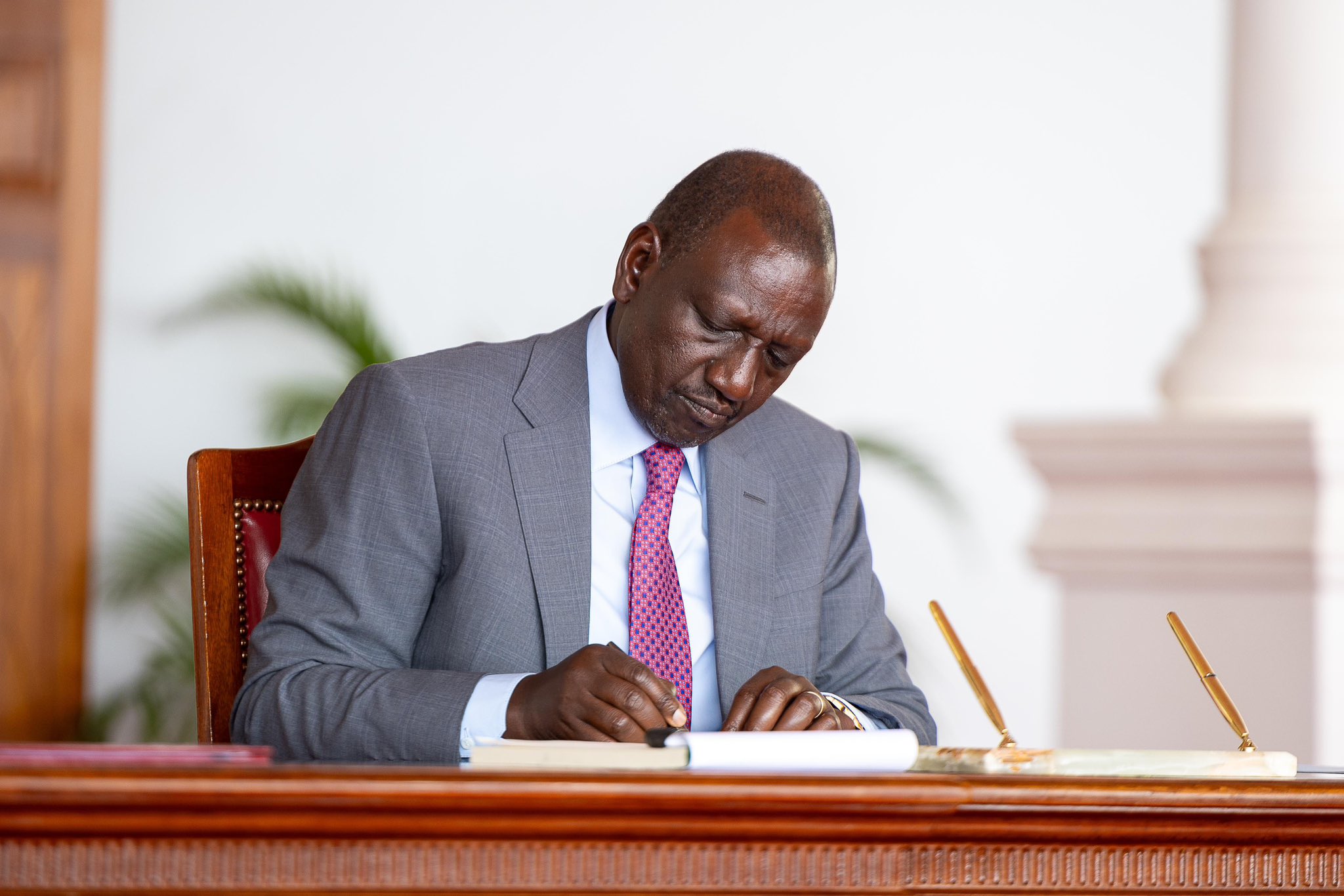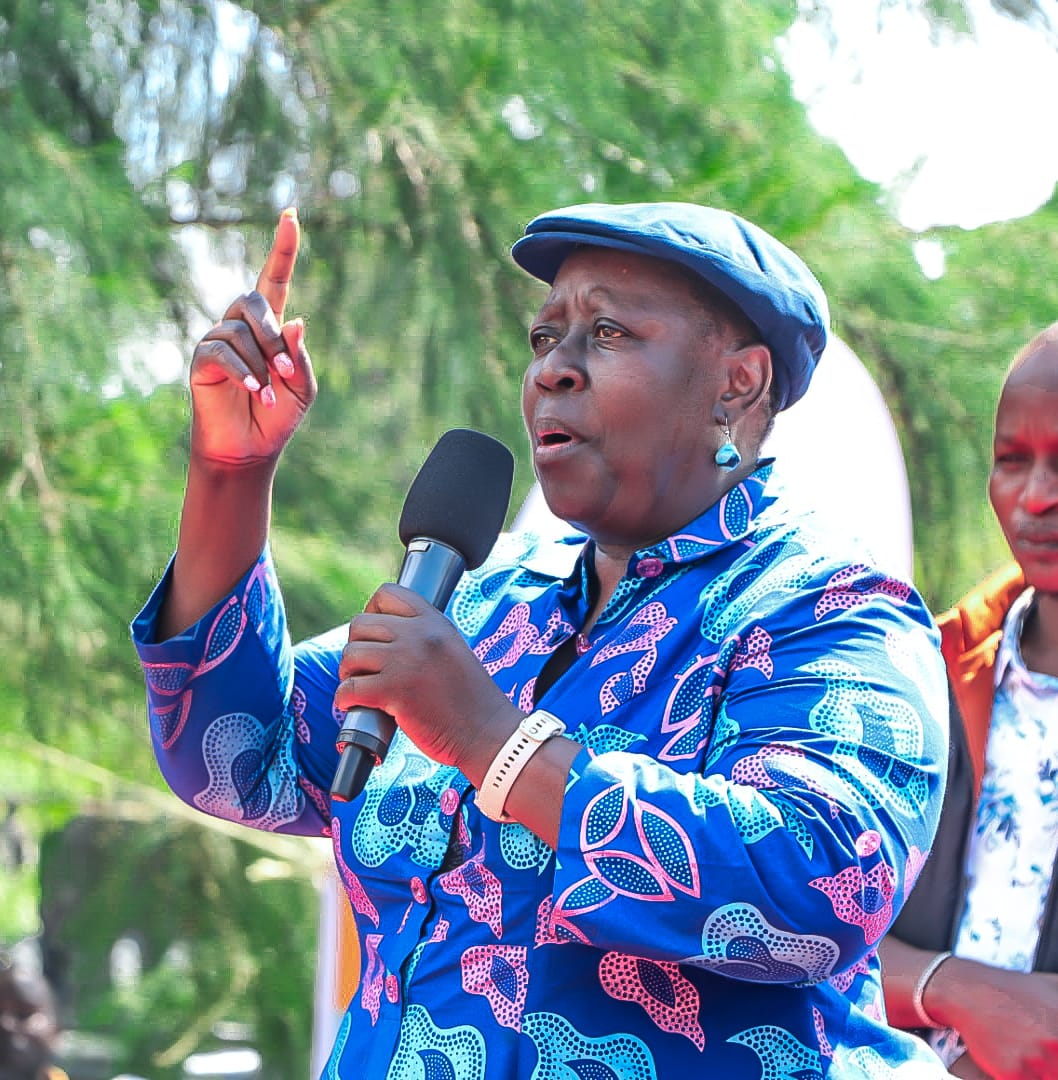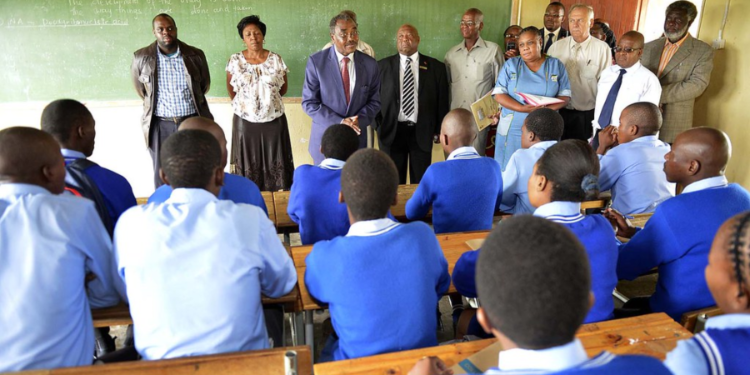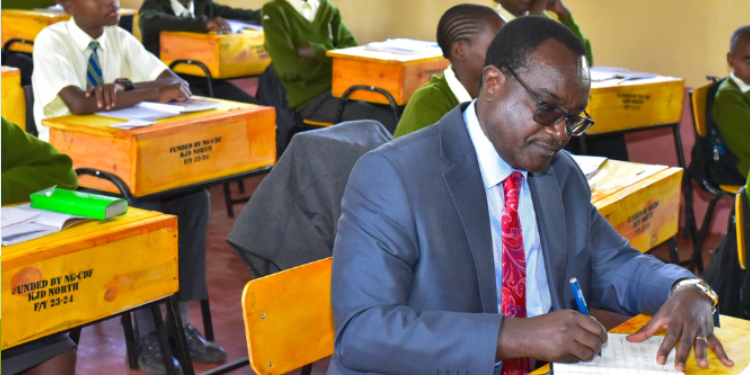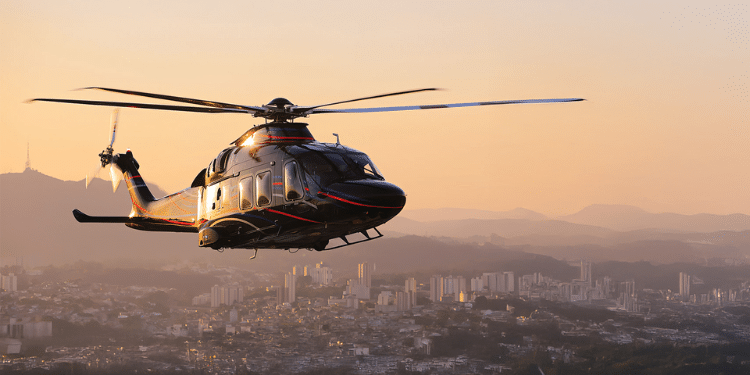Global helicopter distributor Rotortrade has published its 2024/25 Global Helicopter Market Report, shedding light on the most preferred helicopter brands and models across different regions of the world.
The report, built on data from leading aviation intelligence provider JETNET, outlines significant trends in the turbine and piston helicopter markets, including fleet sizes, regional demand patterns, and dominant manufacturers.
According to the report, North America and Europe remain the largest markets for turbine helicopters, driven primarily by their use in civil aviation, corporate transport, and emergency medical services (EMS).
In contrast, Asia is witnessing rapid fleet expansion, largely fueled by growing demand in transportation, emergency response, and offshore operations.
Helicopter preference in South America and Africa
Emerging markets in South America and Africa are also increasing their helicopter presence, with primary applications in natural resource extraction, firefighting, and logistical transport.
Bell leads the global turbine helicopter segment, with a fleet of 7,654 helicopters, enjoying strong popularity, especially in North America and Asia.
Airbus follows closely with 6,091 helicopters, maintaining a widespread presence across Europe, Asia, and North America. Leonardo, with 2,263 helicopters, is a major force in both European and Asian markets.
Other notable players include Eurocopter with 3,391 units and Sikorsky, which is known for its larger models such as the S-76 and S-92A.
The Robinson R66 also features prominently with 1,075 helicopters globally, marking a significant footprint in the light turbine category.
In the piston helicopter segment, Robinson stands out as the undisputed market leader with 8,050 helicopters in operation. The R44 Raven II tops the list as the most popular piston helicopter, with 3,693 units in active service.
Also Read: KDF Commissions Refurbished Helicopters from Chinese Company
Schweizer and Enstrom follow with 598 and 397 helicopters, respectively, mostly used in flight training and niche operations.
North America accounts for the largest share of piston helicopters, with 3,592 units representing 40% of the global market.
Europe (1,860 units) and Asia (780 units) are also key regions with steady growth. Meanwhile, Australia/Oceania and South America are witnessing rising adoption of piston helicopters, especially for training purposes and private use.
Robinson’s R44 and R22 series continue to dominate globally, driven by high demand from flight schools, law enforcement agencies, and individual owners.
Training and private aviation are expected to remain key growth drivers, particularly in North America and Europe, where pilot demand and personal aircraft ownership are on the rise.
Bell, Airbus and Leonardo revenues
Bell Helicopter brought in $1.1 billion in revenue in Q4 2024, up $58 million from a year ago, mainly due to increased military and support program revenues, led by the FLRAA program.
Commercial helicopter deliveries fell to 78 units from 91 a year ago. Segment profit fell $8 million to $110 million, led principally by a mix shift of projects,
as profits in the Future Long-Range Assault Aircraft (FLRAA) program were counterbalanced by diminishing volume on the V-22 program.
In addition, Bell finished the quarter with a strong backlog of $7.5 billion, reflecting its well-positioned market position in spite of such turbulence.
Airbus helicopters had a record year in 2024 with 455 gross orders (net: 450) from 182 customers in 42 countries, its highest since 2017.
It also delivered 361 helicopters, holding a 57% market share in the parapublic and civil market.
Also Read: Military Probe Reveals Cause of Chopper Crash That Killed CDF Ogolla
Leonardo on its part recorded double-digit growth in the main financial indicators during the first nine months of 2024. New orders were up 11.1% at €14.8 billion, and revenues were up 17.6% at €12.1 billion. Company EBITA was also up 18.9% at €766 million.
Global market trends
At the same time Rotortrade revealed that the supply gap in the global helicopter market is widening.
According to Company CEO Philippe Lubrano, the cause is limited Original Equipment Manufacturers (OEM) production capacities, ongoing supply chain challenges, and cautious
production strategies, which are legacies of past market fluctuations.
“The industry is suffering from a reducing global fleet versus aggregated demand between civil, emergency, and defence,” says Lubrano. “This is the ideal scenario of the pre-owned market.”
Rotortrade noted that the helicopter market is set for strong growth through 2029, driven by rising EMS, offshore energy, and military demand.
However, persistent supply chain bottlenecks and workforce shortages could slow fleet expansion unless OEMs and industry players invest in new production strategies and talent acquisition.
Africa is set to contribute a significant portion of Rotortrade’s revenues by 2029. In 2024, 35% of the company’s business came from the region.
Follow our WhatsApp Channel and X Account for real-time news updates.



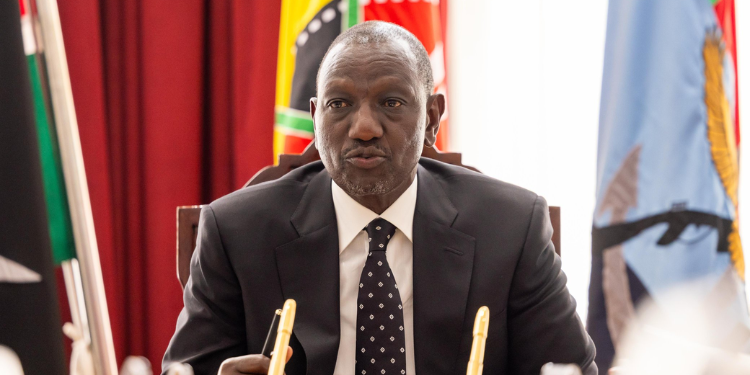

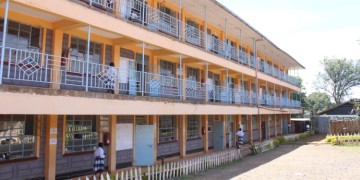
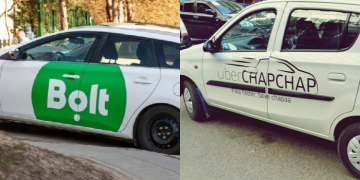



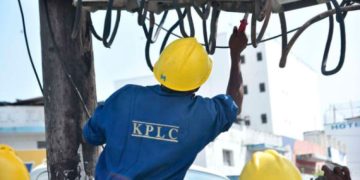



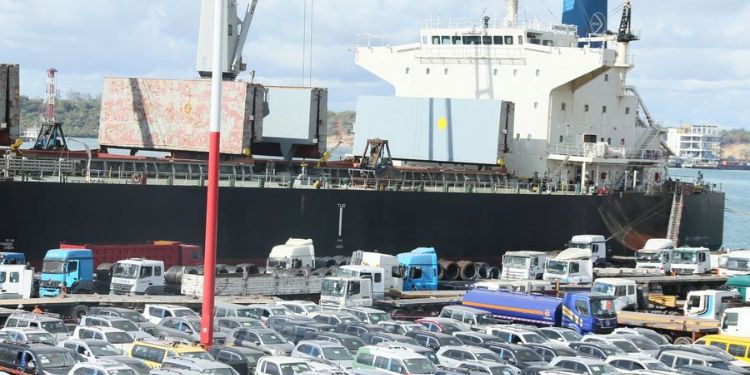

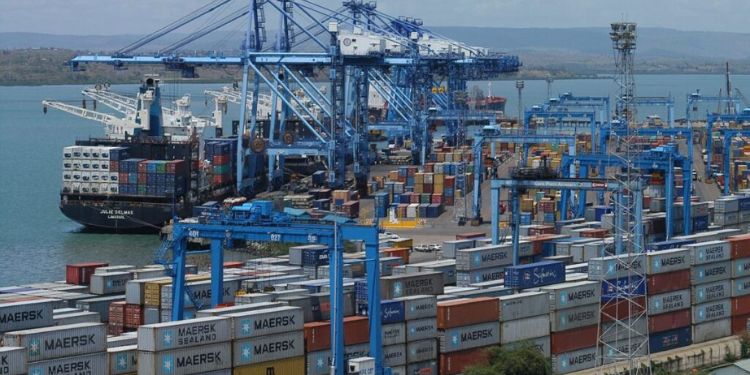
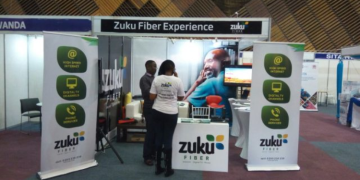

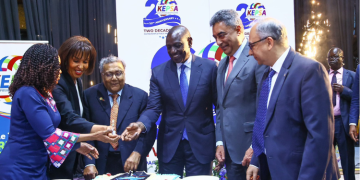




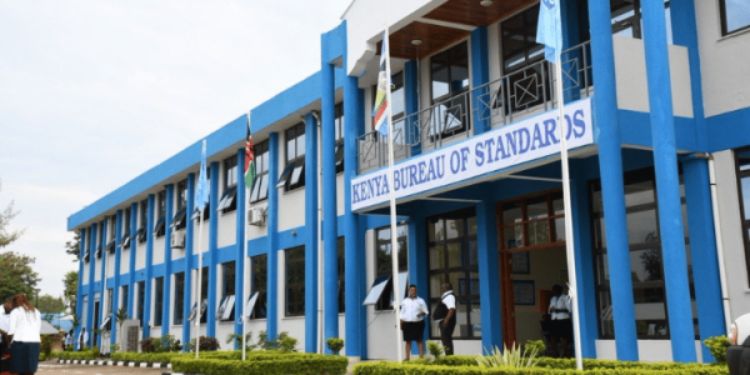
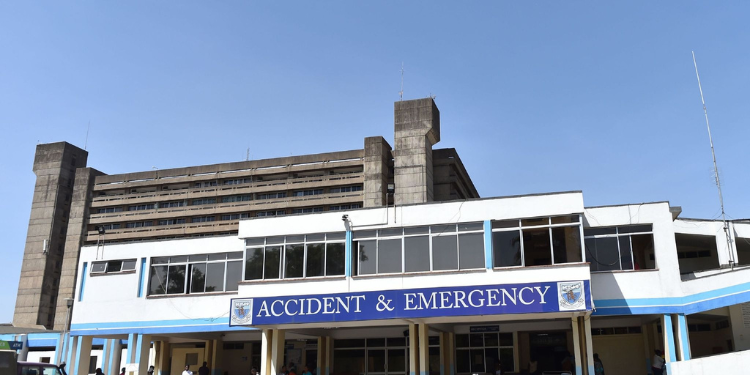




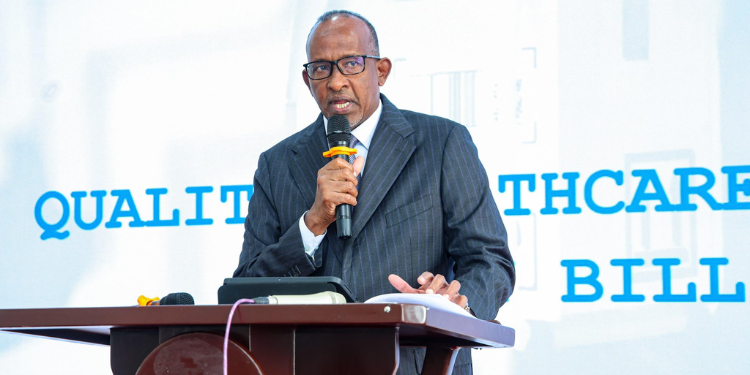






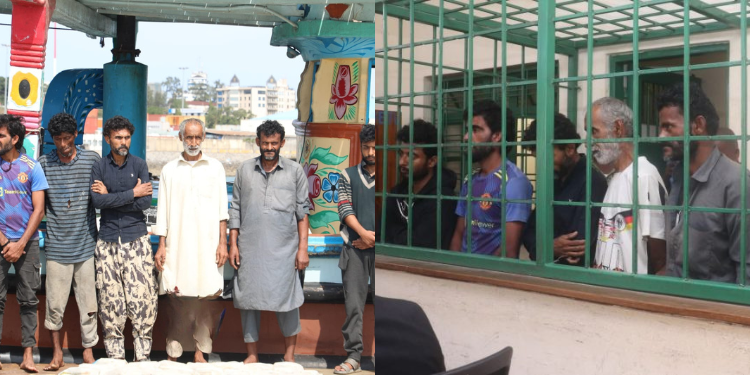
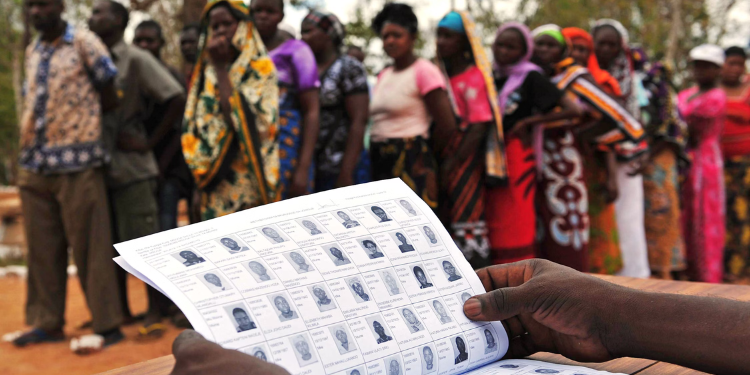

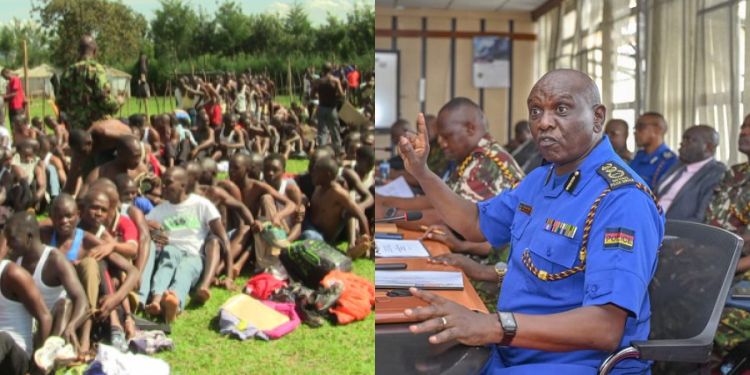

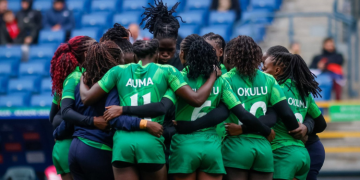
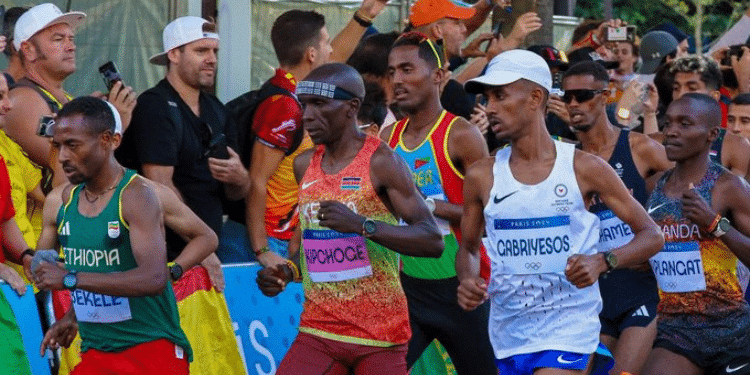

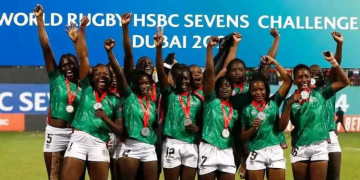





![Senator Allan Chesang And Chanelle Kittony Wed In A Colourful Ceremony [Photos] Trans Nzoia Senator Allan Chesang With Channelle Kittony/Oscar Sudi]( https://thekenyatimescdn-ese7d3e7ghdnbfa9.z01.azurefd.net/prodimages/uploads/2025/11/Trans-Nzoia-Senator-Allan-Chesang-with-Channelle-KittonyOscar-Sudi-360x180.png)

